Recycling Methods for Cutting Medium in Automotive Engine Factories
DOI: 10.23977/mpcr.2024.040107 | Downloads: 3 | Views: 80
Author(s)
Yi Wang 1, Liliang Zhu 1, Yunfei Qiang 1, Shaoting Zhang 1, Chongkun Mao 1
Affiliation(s)
1 SAIC Volkswagen Co.,Ltd., Shanghai, China
Corresponding Author
Liliang ZhuABSTRACT
During the production process, a large amount of cutting medium is required for cooling, and these medium will be contaminated and aged over time, leading to a decrease in their performance. In order to reduce the generation of waste and resource consumption, recycling cutting medium has become the main solution. This study uses regeneration methods such as filtration, centrifugal separation, chemical treatment, and adsorption to regenerate and reuse cutting medium from automotive engine factories. This study evaluated the effectiveness and feasibility of the regeneration treatment method through comparative experiments and analytical tests. The experimental results show that the cleanliness of the cutting oil before regeneration is between 30% -35%, and after regeneration treatment, its cleanliness reaches 85% -93%. The regeneration treatment method can effectively remove suspended solids and dissolved impurities in the cutting medium, significantly improving its cleanliness.
KEYWORDS
Cutting Oil, Emulsions and Cleaning Agents, Filter Membrane, PH ValueCITE THIS PAPER
Yi Wang, Liliang Zhu, Yunfei Qiang, Shaoting Zhang, Chongkun Mao, Recycling Methods for Cutting Medium in Automotive Engine Factories. Modern Physical Chemistry Research (2024) Vol. 4: 49-55. DOI: http://dx.doi.org/10.23977/mpcr.2024.040107.
REFERENCES
[1] Zhao Yan, Wang Fen, Zhao Jing. Design of cutting fluid filtration device and self-cleaning system. Modern Information Technology, 2022, 6 (17): 150-154.
[2] Li Liang, Xue Hu, Dan Yichai, Yang Yinfei, He Ning. The influence of coolant on cutting forming in deep hole gun drilling based on fluid structure coupling Transactions of Nanjing University of Aeronautics and Astronautics, 2020,37 (3): 434-445.
[3] Wu Mingyang, Yu Yongxin, Cheng Yaonan, Li Lubin, Zhao Xu. Geometric characterization test of serrated cutting under high-pressure cooling. China Mechanical Engineering, 2019, 30 (1): 38-45.
[4] Liu Yaowei, Huang Kun, Zhang Bojun, Fu Weigui, Du Runhong, Zhao Yiping Preparation of PVDF based ultrafiltration membranes and their separation performance for cutting fluid wastewater. Materials Engineering, 2024, 52 (2): 227-234.
[5] Liu Qinglun, Feng Chang, Shen Xiaomian. Design of a magnetic enhanced high-pressure cutting fluid cutting filtration system. Modern Manufacturing Technology and Equipment, 2022, 58 (8): 108-110.
[6] Wu X, Li C, Zhou Z, et al. Circulating purification of cutting fluid: an overview. The International Journal of Advanced Manufacturing Technology, 2021, 117(9): 2565-2600.
[7] Li H, Zhang Y, Li C, et al. Cutting fluid corrosion inhibitors from inorganic to organic: Progress and applications. Korean Journal of Chemical Engineering, 2022, 39(5): 1107-1134.
[8] Katna R, Suhaib M, Agrawal N. Nonedible vegetable oil-based cutting fluids for machining processes–a review. Materials and Manufacturing Processes, 2020, 35(1): 1-32.
[9] Anand R, Raina A, Irfan Ul Haq M, et al. Synergism of TiO2 and graphene as nano-additives in bio-based cutting fluid—An experimental investigation. Tribology Transactions, 2021, 64(2): 350-366.
[10] Mardonov U, Turonov M, Jeltukhin A, et al. The difference between the effect of electromagnetic and magnetic fields on the viscosity coefficients of cutting fluids used in cutting processes. International Journal of Mechatronics and Applied Mechanics, 2021, 1(10): 117-122.
[11] Sivalingam V, Zhuoliang Z, Jie S, et al. Use of atomized spray cutting fluid technique for the turning of a nickel base superalloy. Materials and Manufacturing Processes, 2021, 36(3): 373-380.
[12] Gupta A, Kumar R, Kumar Kansal H, et al. Effect of nanoparticles mixing-ratio of Al2O3-MWCNT hybrid nano-cutting fluid during MQL turning. Materials and Manufacturing Processes, 2024, 39(1): 43-54.
[13] Hegab H, Kishawy H A. Heat transfer mechanisms of nano-cutting fluids: a comparative performance analysis model. The International Journal of Advanced Manufacturing Technology, 2023, 124(5): 1429-1435.
[14] ST P K, HP T P, Siddaraju C. Investigate the effect of Al2O3 & CuO nano cutting fluids under MQL technique in turning of DSS-2205. Advances in Materials and Processing Technologies, 2022, 8(3): 3297-3330.
[15] Zhang W, Sun M, Wu D, et al. Efficient metal cutting fluid wastewater separation of polyacrylonitrile ultrafiltration membranes enabled by metal ion cross-linking. ACS ES&T Water, 2022, 2(6): 1143-1151.
[16] Rakesh P R, Chakradhar D. Investigation on the effect of graphene nano-cutting fluid minimum quantity lubrication on the machining performance of Inconel 625. Arabian Journal for Science and Engineering, 2022, 47(7): 8469-8483.
[17] Makhesana M A, Bhatt Y H, Mawandiya B K, et al. Optimization of MQL parameters and experimental investigations using vegetable oil-based cutting fluid during machining of AISI 4140. International Journal on Interactive Design and Manufacturing (IJIDeM), 2023, 17(6): 2831-2846.
[18] Katna R, Suhaib M, Agrawal N. Development and performance of non-edible oil based green cutting fluid in manufacturing. Materials and Manufacturing Processes, 2023, 38(3): 352-369.
[19] Sahoo S P, Datta S. Dry, MQL, and nanofluid MQL machining of Ti–6Al–4V using uncoated WC–Co insert: application of jatropha oil as base cutting fluid and graphene nanoplatelets as additives. Arabian Journal for Science and Engineering, 2020, 45(11): 9599-9618.
[20] Subramani S, Muthu S N, Gajbhiye N L. A numerical study on the influence of minimum quantity lubrication parameters on spray characteristics of rapeseed oil as cutting fluid. Industrial Lubrication and Tribology, 2022, 74(2): 197-204.
| Downloads: | 292 |
|---|---|
| Visits: | 16567 |
Sponsors, Associates, and Links
-
Forging and Forming

-
Composites and Nano Engineering
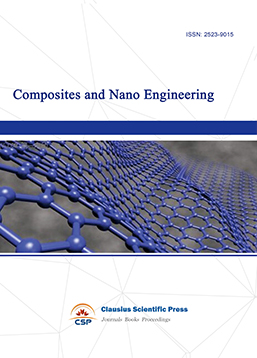
-
Journal of Materials, Processing and Design
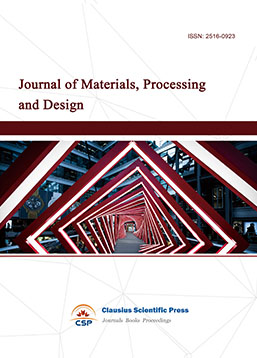
-
Metallic foams
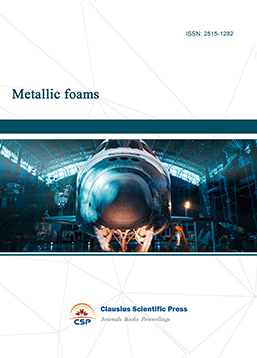
-
Smart Structures, Materials and Systems

-
Chemistry and Physics of Polymers
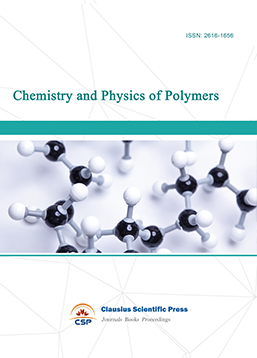
-
Analytical Chemistry: A Journal
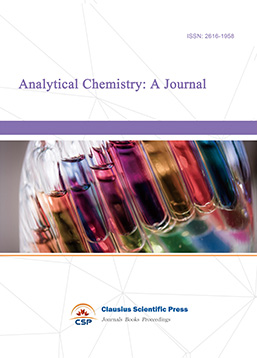
-
Inorganic Chemistry: A Journal

-
Organic Chemistry: A Journal
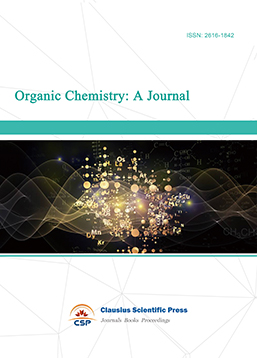
-
Progress in Materials Chemistry and Physics

-
Transactions on Industrial Catalysis
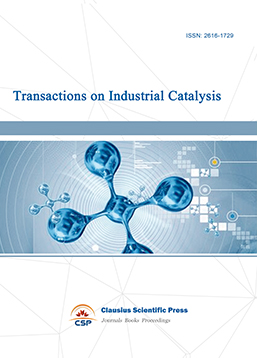
-
Fuels and Combustion

-
Casting, Welding and Solidification
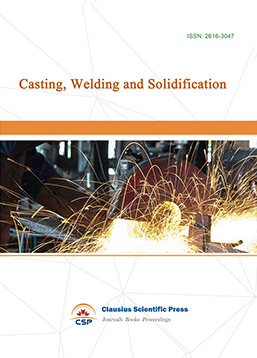
-
Journal of Membrane Technology
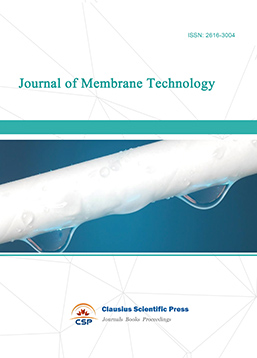
-
Journal of Heat Treatment and Surface Engineering
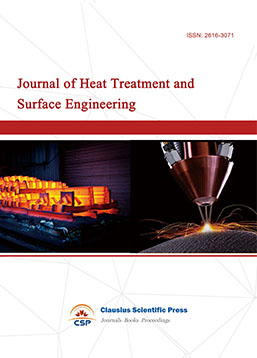
-
Trends in Biochemical Engineering

-
Ceramic and Glass Technology

-
Transactions on Metals and Alloys
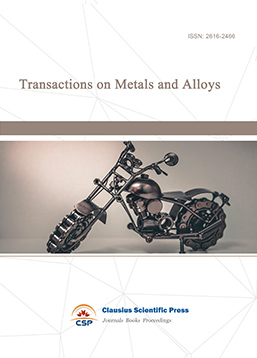
-
High Performance Structures and Materials
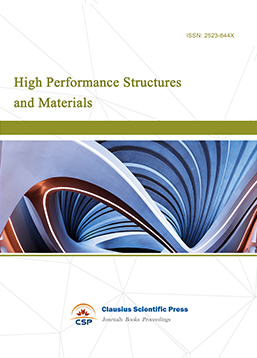
-
Rheology Letters

-
Plasticity Frontiers

-
Corrosion and Wear of Materials

-
Fluids, Heat and Mass Transfer

-
International Journal of Geochemistry
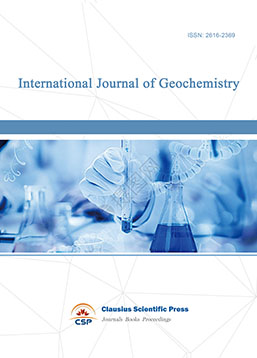
-
Diamond and Carbon Materials
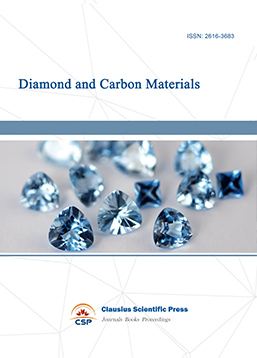
-
Advances in Magnetism and Magnetic Materials
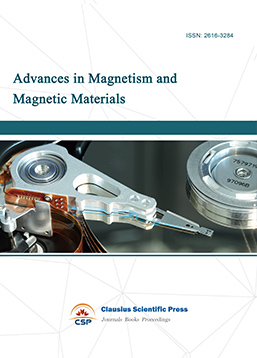
-
Advances in Fuel Cell

-
Journal of Biomaterials and Biomechanics
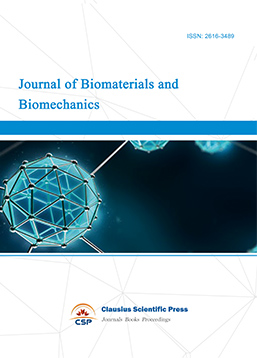

 Download as PDF
Download as PDF